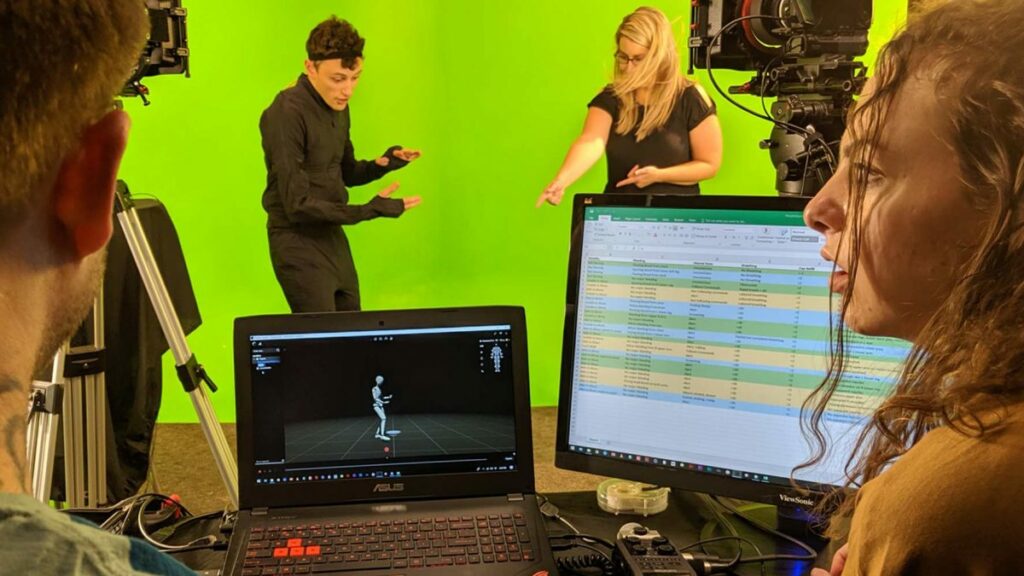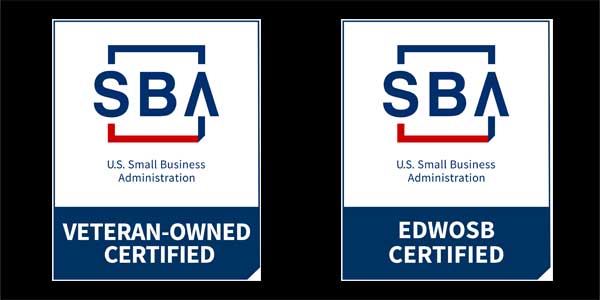Breean: Hello, this is Breean, and this is David with 360 Immersive. Join us when you want to learn more about virtual reality technology and how we’re transforming safety training and learning.
So, David today I want to talk about content creation. When we’re creating virtual reality, how many different ways are there that we can do that, and what are the differences, the pros and benefits, to choosing one way of creating content versus another?
David: Okay, fair enough question. So, when a client comes to us, we go through in the consultation phase of the project all of the different types of content creation that frankly, the different types of either virtual reality or augmented reality or maybe it’s just they have a need for just traditional, 3D simulation. But once we get through that, then we create that roadmap. But, going back, let’s talk about what the different types are. So, there’s virtual reality. But virtual reality isn’t just virtual reality. It actually comes in a couple different flavors. So, there’s computer-based VR simulation, and that if you think about it is somewhat of a gamification of a training process or procedure, and it kind of feels real but you can tell that it’s somewhat like a video game.
Breean: Right, so being in a video game you would recognize everything and feel as though you’re in the experience.
David: And like in a video game, a lot of times in the simulation you can move around.
Breean: Interact.
David: You can explore, you can perhaps make mistakes, and in some cases bad things happen. And that’s computer simulation. The other alternative is 360 video or what we call live experience. So, it’s real people, real uniforms, real processes and procedures. And it’s really efficient to create that because you’re capturing simulations that you probably are already doing in the training room, but you capture it now so that you can replicate it and duplicate it. But it is what we call being on the rail. So, if we have the camera go over here in the simulation you can’t go over here.
Breean: Right.
David: In VR simulation, because a computer-based side, a lot of times you can. You can go over there and explore.
Breean: You can go to another different spot in the experience.
David: Absolutely. So, each one of those particular techniques that fall under the umbrella, or the term virtual reality, have their benefits and their advantages, and sometimes their disadvantages. The other type of content is augmented reality. Now, augmented reality we take the environment. Like, here we’re in the studio, and if I had either an AR headset, or my phone, or my tablet and I could literally pin something onto this table. And then, I could experiment, I could learn. I could look at how something pulls apart if it’s maybe an engine or a piece of machinery, and I can understand without going back to the technical manual how it all comes apart so I’m far more efficient.
Breean: So, what we’ve kind of seen with Pokémon Go or with Snapchat and different applications like that.
David: That is augmented reality, but we like to think of a more serious –
Breean: For adults. Augmented reality for professionals.
David: AR for adults. We’re talking about training here. And so, the difference between VR and AR is that AR layers that additional information and graphics and animations over the environment. I’m still looking out and I’m looking at the studio, where in VR it replaces my reality. In Augmented Reality, it augments my reality. And, they both have some great advantages, but there’s one other. And that’s just traditional computer simulation, computer modeling where you take – you watch it on a screen, you watch it in a PowerPoint presentation. We’ve done that for 20 years. And it still has its place. In all of this new technology, it has its place. But here’s the one thing to consider when you’re looking at dealing with us, is that we’re not a one trick pony. We work with virtual reality in both of its flavors. We create content, augmented reality and of course we create 3D content, 3D simulations, and that gives a real robust service offering when it comes to helping our clients understand how they can use the new technology and then actually creating it for them.
Breean: Wow, thank you David. That makes it all a lot easier to understand, and what really impresses me is how we’re able to find out what you need as a client. What your situation needs, what your team needs, and then we’re able to pick the right solution for your particular situation because we can create anything that you need in order to solve that problem.
David: That’s right.
Breean: Well, if you want to learn more about how we’re using virtual and augmented reality and the other more traditional technology sources to solve your issues, you can follow us on YouTube and also other social media channels. This has been 360 Immersive.
Thank you.


